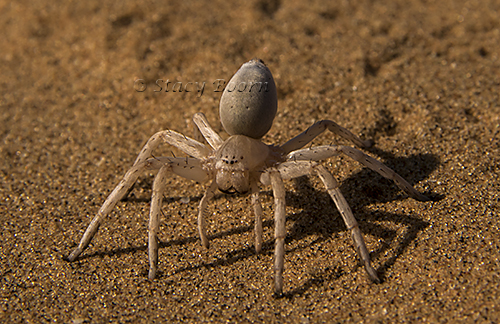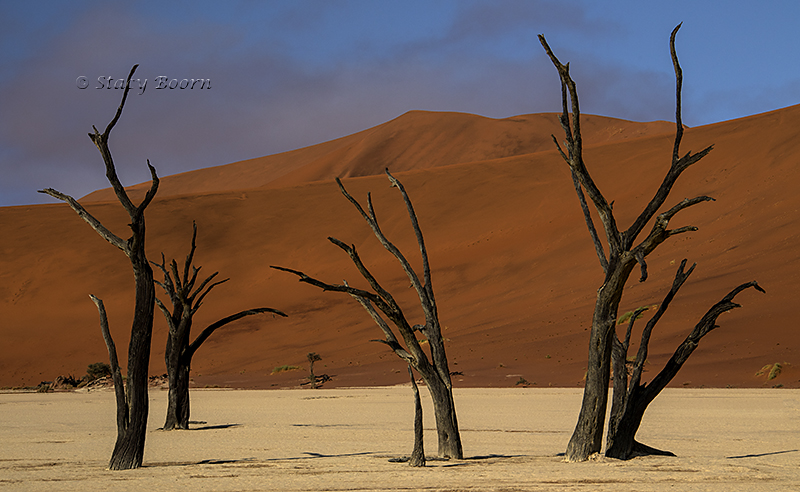 On Sunday Meryl Streep received her 30th Globe nomination and was presented the Cecil B DeMille Life Time Achievement Award.  In her acceptance speech, the three time Oscar and eight time Golden Globe winner commented, “This instinct to humiliate, when it’s modeled by someone in the public platform, by someone powerful, it filters down into everybody’s life. Because it kind of gives permission for other people to do the same thing.â€
On Sunday Meryl Streep received her 30th Globe nomination and was presented the Cecil B DeMille Life Time Achievement Award.  In her acceptance speech, the three time Oscar and eight time Golden Globe winner commented, “This instinct to humiliate, when it’s modeled by someone in the public platform, by someone powerful, it filters down into everybody’s life. Because it kind of gives permission for other people to do the same thing.â€
Afterwards in three consecutive tweets Trump commented “Meryl Streep, one of the most over-rated actresses in Hollywood, doesn’t know me but attacked last night at the Golden Globes. She is a.. Hillary flunky who lost big. For the 100th time, I never “mocked” a disabled reporter (would never do that) but simply showed him “groveling” when he totally changed a 16 year old story that he had written in order to make me look bad. Just more very dishonest media!â€
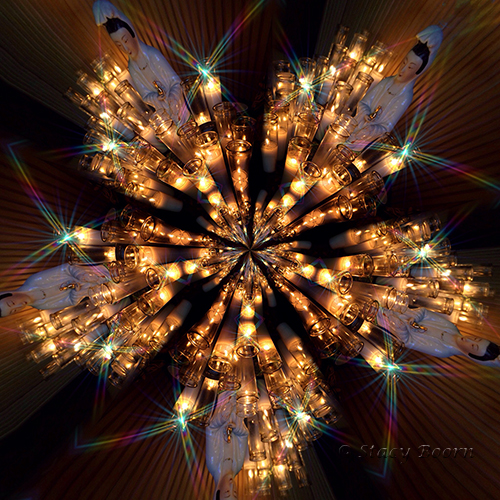 Like millions of people I find Hilary Clinton and Meryl Streep to be among the brightest lights of hope for creating an equitable world, honoring and empowering woman, and working for human dignity by creating possibilities and policy filled with compassion and justice. To honor these two women and women everywhere I am sharing with you my first images of light in the New Year and my revisioned account of Isaiah 42 (Sunday’s assigned Old Testament reading).
Like millions of people I find Hilary Clinton and Meryl Streep to be among the brightest lights of hope for creating an equitable world, honoring and empowering woman, and working for human dignity by creating possibilities and policy filled with compassion and justice. To honor these two women and women everywhere I am sharing with you my first images of light in the New Year and my revisioned account of Isaiah 42 (Sunday’s assigned Old Testament reading).
Arise, shine; your light has come!
Sophia proclaims: “Live in my light, O peoples of my cosmos. In so doing you embody me. In you my soul delights and my wisdom will shine. In you I shall put my spirit to bring justice to all corners of the earth.
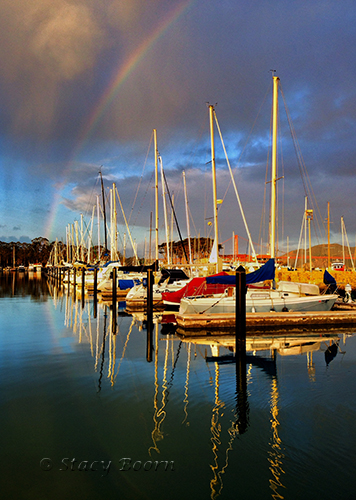 My lovers will act with compassion toward those who are hurting and those who are vulnerable. They will not be deterred from the goal of bringing forth healing for the web-of-life and all beings, nor from bringing forth justice to recreate and mend relationships that empower and lift up my wisdom.â€
My lovers will act with compassion toward those who are hurting and those who are vulnerable. They will not be deterred from the goal of bringing forth healing for the web-of-life and all beings, nor from bringing forth justice to recreate and mend relationships that empower and lift up my wisdom.â€
I am your God/dess, your Light,Â
   and I have called you
   I have taken you by the hand and kept you,
   I have ignited you to be Light to the world,
         to open the eyes that are blind,
         to bring out the prisoners from the dungeons
         to practice the healing arts for all, without exception
         to provide for the physical needs of every person, from food to housing
         to offer light to those who have been overcome by devastating gloom or evil
I am God/dess, your beloved, the one of thousands of names
    my glory, my light, I freely give … arise, shine!â€
PS – my final images of 2016 have no commentary but can be viewed here

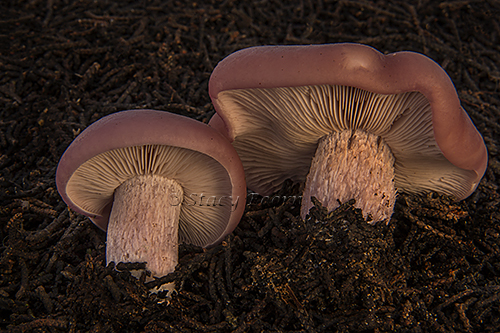
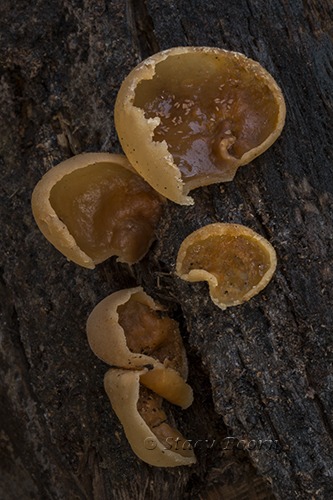

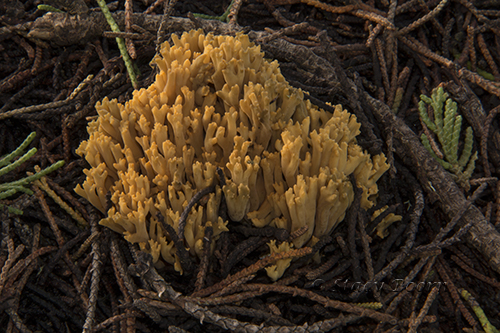
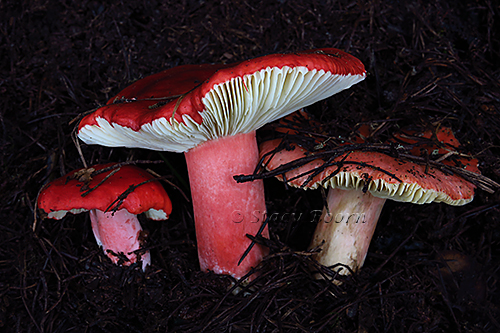
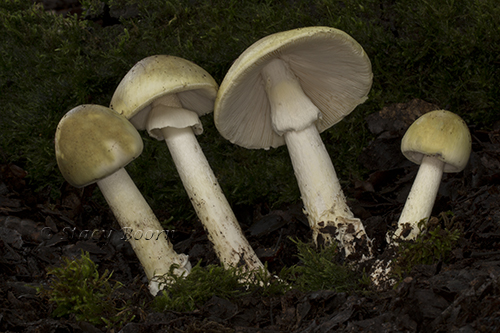
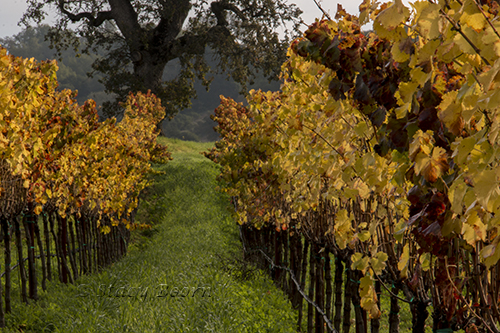 While snowfall pummels the Midwest and other areas of the country are experiencing frigid temperatures, our winter rains are beginning to green our hills and fields. The grapes in the vineyards of the Sonoma and Napa valleys were harvested in the months of August through October, but now, well after the harvesting, the grape leaves change to vibrant fall colors. These colors, with our first “winter rains,†are producing carpets of green under the lines of vines.
While snowfall pummels the Midwest and other areas of the country are experiencing frigid temperatures, our winter rains are beginning to green our hills and fields. The grapes in the vineyards of the Sonoma and Napa valleys were harvested in the months of August through October, but now, well after the harvesting, the grape leaves change to vibrant fall colors. These colors, with our first “winter rains,†are producing carpets of green under the lines of vines.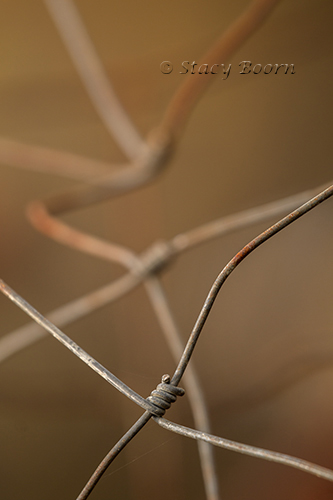 What is a line? Often we limit the definition of lines to Geometric lines which are mathematically determined; they have regularity and hard or sharp edges. True geometric lines are rarely found in nature, but often found in things we humans have constructed. These lines convey a sense of order, conformity, and reliability. They can be horizontal, vertical, or diagonal. But lines are also curved, jagged, implied, irregular, and even fluid.
What is a line? Often we limit the definition of lines to Geometric lines which are mathematically determined; they have regularity and hard or sharp edges. True geometric lines are rarely found in nature, but often found in things we humans have constructed. These lines convey a sense of order, conformity, and reliability. They can be horizontal, vertical, or diagonal. But lines are also curved, jagged, implied, irregular, and even fluid.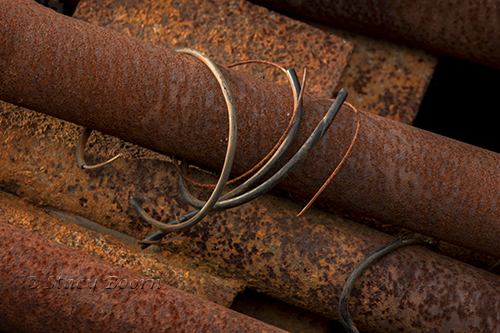 Using shallow depth-of-field I captured a small segment of a jumbled and discarded wire fence (pictured above). The sharp lines of the foreground wires are contrasted with the feel of the unfocused soft lines in the background. Originally the wires were joined together to create an impenetrable fence. But, by photographically reducing the fencing to lines, the fence is transformed into something malleable and beautiful.
Using shallow depth-of-field I captured a small segment of a jumbled and discarded wire fence (pictured above). The sharp lines of the foreground wires are contrasted with the feel of the unfocused soft lines in the background. Originally the wires were joined together to create an impenetrable fence. But, by photographically reducing the fencing to lines, the fence is transformed into something malleable and beautiful.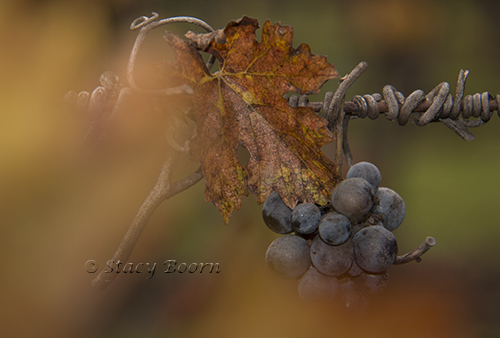 I hope, in the new year, we use all these formats of “lines†to point us to new paths that will connect us to each other, to hope and peace, to justice and the honoring of all peoples, and to the earth’s creatures with which we share this sacred planetary space. That’s my line today –
I hope, in the new year, we use all these formats of “lines†to point us to new paths that will connect us to each other, to hope and peace, to justice and the honoring of all peoples, and to the earth’s creatures with which we share this sacred planetary space. That’s my line today –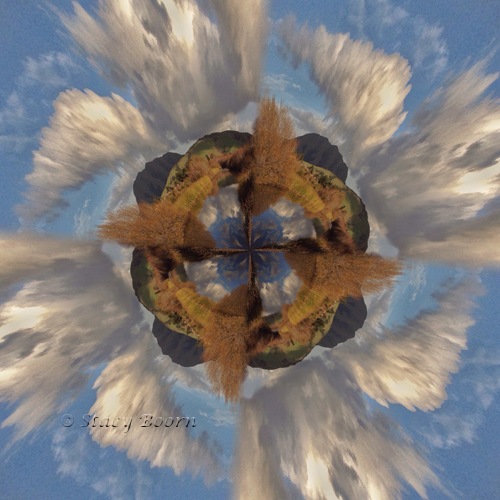 The Intergovernmental Panel on Climate Change stated in 2007: “Warming of the climate system is unequivocal, as is evident from observations of increases in global average air and ocean temperatures, widespread melting of snow and ice, and rising global sea level.â€Â As I wander along our central California coast I wonder and worry about the future of the flora and fauna that so enthralls me personally and photographically.
The Intergovernmental Panel on Climate Change stated in 2007: “Warming of the climate system is unequivocal, as is evident from observations of increases in global average air and ocean temperatures, widespread melting of snow and ice, and rising global sea level.â€Â As I wander along our central California coast I wonder and worry about the future of the flora and fauna that so enthralls me personally and photographically.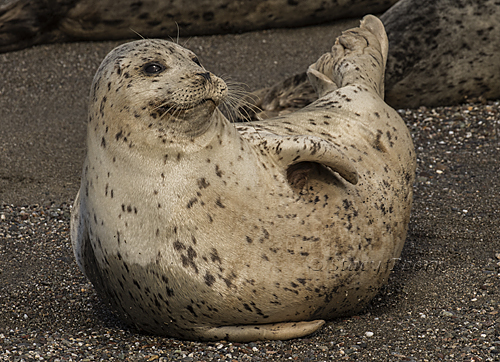 On a typical day, pacific harbor seals spend about half their time on the sand and half in the water. They tend to forage at night, and play and sleep during the day – as on the spit at the mouth of the Russian River. With the changing of the ocean temperatures, the food sources for these adorable creatures may quickly disappear, and, with the food sources, the seals themselves.
On a typical day, pacific harbor seals spend about half their time on the sand and half in the water. They tend to forage at night, and play and sleep during the day – as on the spit at the mouth of the Russian River. With the changing of the ocean temperatures, the food sources for these adorable creatures may quickly disappear, and, with the food sources, the seals themselves. During Thanksgiving Week the monarch butterflies in the Santa Cruz area are counted. The population of monarchs overwintering in Santa Cruz was estimated at 120,000 in 1997 and has been declining steadily, bottoming out in the dismal 2012 season with only 500-2000 butterflies. Thankfully, there is hope for some recovery this year. For me, as for many others, it is a euphoric experience to watch them fluttering among the eucalyptus and cypress trees, adding orange and black color to the tree canopies.
During Thanksgiving Week the monarch butterflies in the Santa Cruz area are counted. The population of monarchs overwintering in Santa Cruz was estimated at 120,000 in 1997 and has been declining steadily, bottoming out in the dismal 2012 season with only 500-2000 butterflies. Thankfully, there is hope for some recovery this year. For me, as for many others, it is a euphoric experience to watch them fluttering among the eucalyptus and cypress trees, adding orange and black color to the tree canopies.
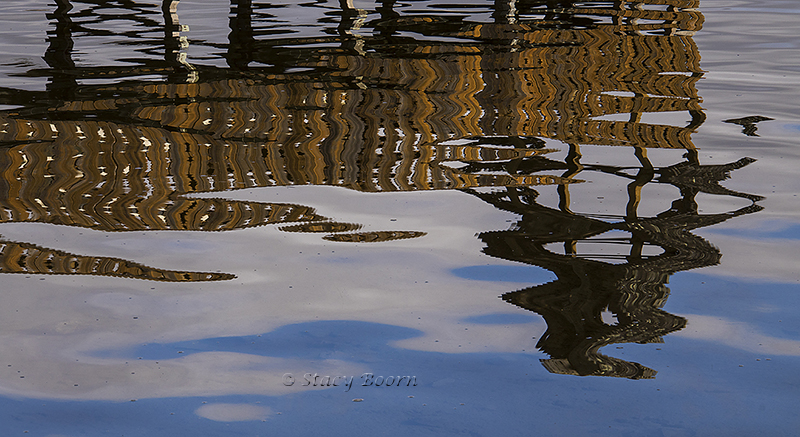 But sometimes we need time to mourn the setbacks in our journey toward our goals and not too quickly dismiss our pain. I know for myself, that, having mourned, I eventually enter a stronger and healthier resolve to take stock of my core values and lead a life that reflects them.
But sometimes we need time to mourn the setbacks in our journey toward our goals and not too quickly dismiss our pain. I know for myself, that, having mourned, I eventually enter a stronger and healthier resolve to take stock of my core values and lead a life that reflects them.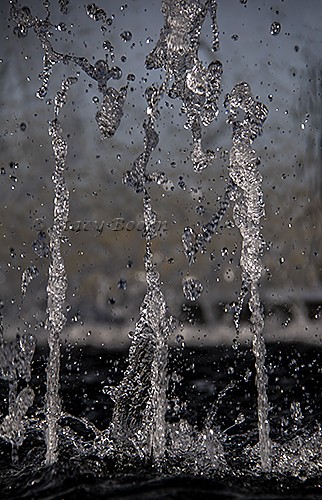 Each of you may have different ways of mourning and regenerative healing. I am offering you a few images for meditative reflection. I created these images this past week while thinking about water, one of our most precious and endangered natural resources. May these photos reflect the graciousness of the divine feminine for your journey this week.
Each of you may have different ways of mourning and regenerative healing. I am offering you a few images for meditative reflection. I created these images this past week while thinking about water, one of our most precious and endangered natural resources. May these photos reflect the graciousness of the divine feminine for your journey this week. We’ve spent a year and a half bringing together millions of people from every corner of our country to say with one voice that we believe that the American Dream is big enough for everyone — for people of all races and religions, for men and women, for immigrants, for LGBT people, and people with disabilities.
We’ve spent a year and a half bringing together millions of people from every corner of our country to say with one voice that we believe that the American Dream is big enough for everyone — for people of all races and religions, for men and women, for immigrants, for LGBT people, and people with disabilities.
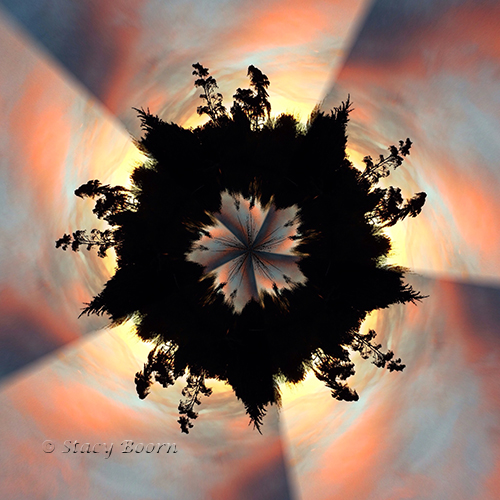
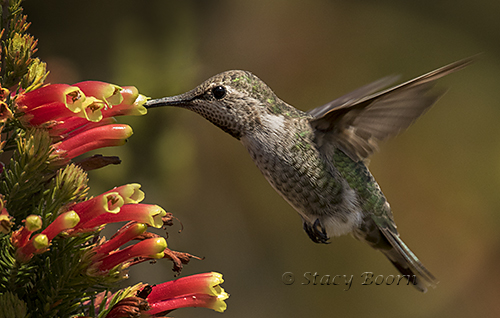 The hummingbird is the smallest bird in the world, known for its beautiful plumage. This bird has a high heart rate and wing flap rate and is the only bird that can fly backwards. Amazing! But then I thought, “Moving backwards is the last thing we want for the rights of women!” Realizing my emotions had gone into reverse, I reminded myself that the hummingbird symbolizes joy, playfulness, and adaptability.
The hummingbird is the smallest bird in the world, known for its beautiful plumage. This bird has a high heart rate and wing flap rate and is the only bird that can fly backwards. Amazing! But then I thought, “Moving backwards is the last thing we want for the rights of women!” Realizing my emotions had gone into reverse, I reminded myself that the hummingbird symbolizes joy, playfulness, and adaptability.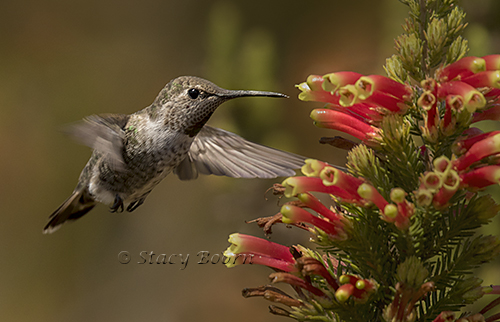 The call of the hummingbird totem will guide us to embrace love and lightness in our emotional life and encourage us to open up our hearts and expose ourselves more fully to joy and friendly affection. Affinity with the hummingbird motivates us to develop our adaptability and resiliency. If the hummingbird shows up in your life as your spirit guide, it may remind you to enjoy life’s simple pleasures and take time to enjoy yourself. The hummingbird’s wisdom carries an invitation to take part in and draw to yourself life’s sweetness.
The call of the hummingbird totem will guide us to embrace love and lightness in our emotional life and encourage us to open up our hearts and expose ourselves more fully to joy and friendly affection. Affinity with the hummingbird motivates us to develop our adaptability and resiliency. If the hummingbird shows up in your life as your spirit guide, it may remind you to enjoy life’s simple pleasures and take time to enjoy yourself. The hummingbird’s wisdom carries an invitation to take part in and draw to yourself life’s sweetness.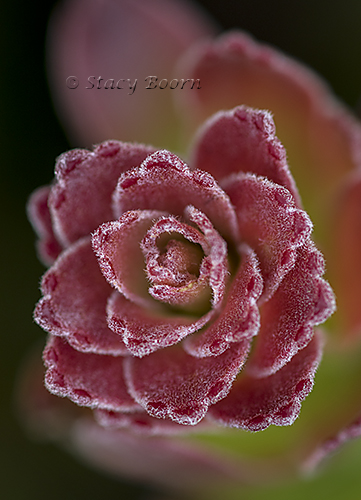
 Sometimes it just takes a little seasonal change to revive a treasured memory from the past. That happened for me this week as I was driving interstate 80 on my way to a Lutheran pastors’ conference at Squaw Valley’s Olympic Village. I remembered how, as a child in New York State, I eagerly awaited the first snow on the fall foliage, and here it was, unfolding before me, as I approached Donner Pass. It was only noon, but the temperature had dropped from the 65° of San Francisco to below freezing.
Sometimes it just takes a little seasonal change to revive a treasured memory from the past. That happened for me this week as I was driving interstate 80 on my way to a Lutheran pastors’ conference at Squaw Valley’s Olympic Village. I remembered how, as a child in New York State, I eagerly awaited the first snow on the fall foliage, and here it was, unfolding before me, as I approached Donner Pass. It was only noon, but the temperature had dropped from the 65° of San Francisco to below freezing.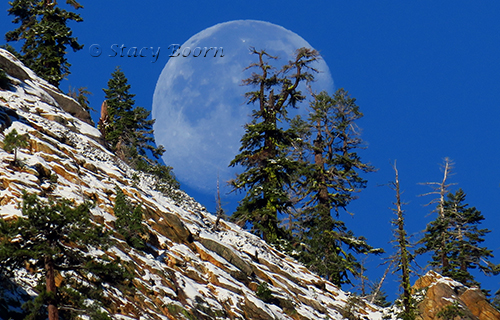 The Donner Party, sometimes called the Donner-Reed Party, was a group of American pioneers who, in May, 1846, set out in a wagon train from Springfield, Illinois, for the 2,500 mile journey to California. The journey west usually took between four and six months, but the group was slowed by following a new, untested route.
The Donner Party, sometimes called the Donner-Reed Party, was a group of American pioneers who, in May, 1846, set out in a wagon train from Springfield, Illinois, for the 2,500 mile journey to California. The journey west usually took between four and six months, but the group was slowed by following a new, untested route.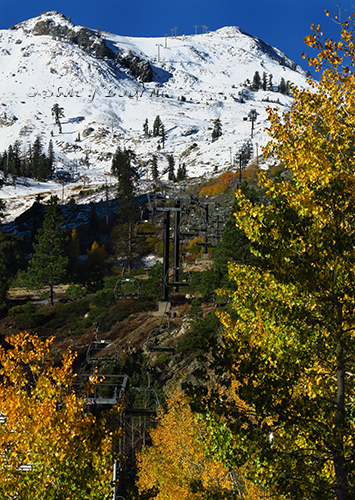
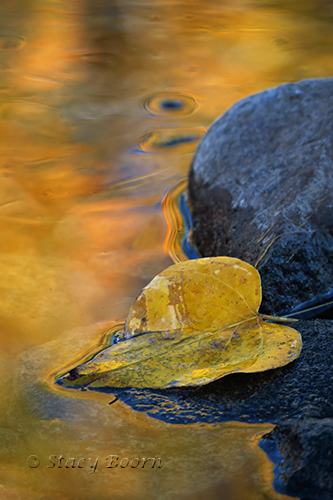
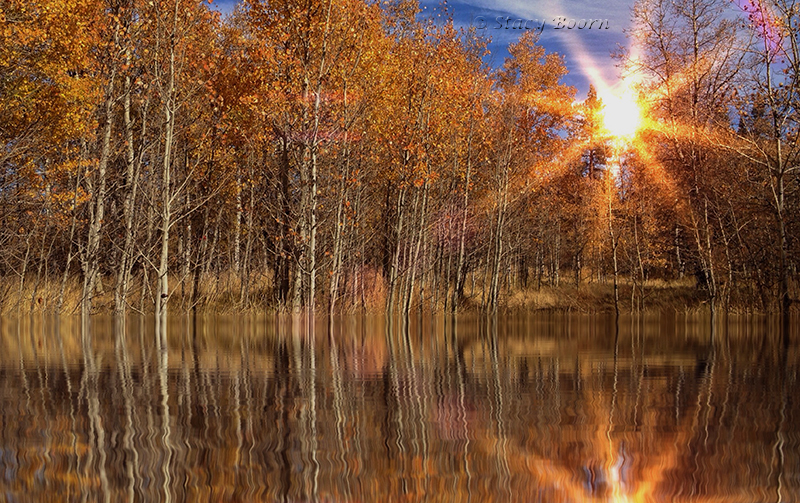 Travel is much easier these days. We jump in a car or on an airplane, but the ancient call remains the same: Come to the mountains and dance and play and be refreshed by the great mother of us all. At times there are still travel challenges, but blessings also abound in the journey.
Travel is much easier these days. We jump in a car or on an airplane, but the ancient call remains the same: Come to the mountains and dance and play and be refreshed by the great mother of us all. At times there are still travel challenges, but blessings also abound in the journey. I ran my hand over the rusting rivets as a ritual of remembrance and reverence for the women, the “Rosies,â€Â that changed the course of history in the Kaiser shipyards of Richmond and San Francisco as well as in many munitions factories throughout the country. One of the last remaining Victory Ships, the Red Oak, is docked at Richmond’s port #3 while it is slowly and lovingly being restored by volunteers, some of whom had actually served years ago as crew on the Red Oak or one of the other wartime ships. They remember vividly how, after the ships’ “champagne baptism,†they headed out to Europe or the South Pacific.
I ran my hand over the rusting rivets as a ritual of remembrance and reverence for the women, the “Rosies,â€Â that changed the course of history in the Kaiser shipyards of Richmond and San Francisco as well as in many munitions factories throughout the country. One of the last remaining Victory Ships, the Red Oak, is docked at Richmond’s port #3 while it is slowly and lovingly being restored by volunteers, some of whom had actually served years ago as crew on the Red Oak or one of the other wartime ships. They remember vividly how, after the ships’ “champagne baptism,†they headed out to Europe or the South Pacific.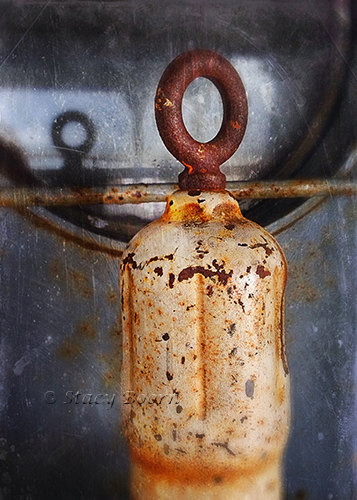 The Red Oak, like other remaining relics from that era, is now dressed in rust, fraying rope, and rivets decorated with multiple layers of pealing paint. As the very informative visitor center reminds us, every rusting hinge and aging anchor testifies to the fact that more than six million female workers helped to build the ships, planes, bombs, tanks and other weapons that would eventually win World War II.
The Red Oak, like other remaining relics from that era, is now dressed in rust, fraying rope, and rivets decorated with multiple layers of pealing paint. As the very informative visitor center reminds us, every rusting hinge and aging anchor testifies to the fact that more than six million female workers helped to build the ships, planes, bombs, tanks and other weapons that would eventually win World War II.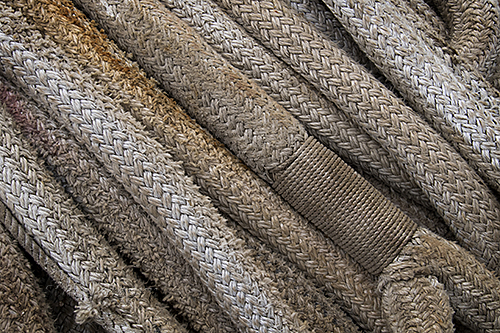 I met my first group of Rosie the Riveters in 1989 when I moved to Richmond, California, to be the pastor of Grace Lutheran Church. These women came alone or with families from Minnesota, South Dakota and Arkansas, and I wish now that I had recorded their stories.
I met my first group of Rosie the Riveters in 1989 when I moved to Richmond, California, to be the pastor of Grace Lutheran Church. These women came alone or with families from Minnesota, South Dakota and Arkansas, and I wish now that I had recorded their stories.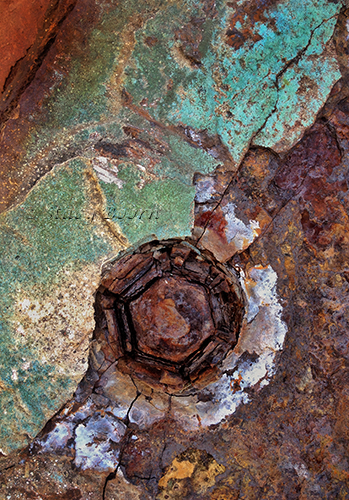 Matilda’s women workmates, for safety’s sake, had tied her in place in the late afternoon for the last welding job high above the ship’s master quarters. But when that whistle blew they forgot to retrieve her. Matilda watched them as they walked out of the shipyard gate. From her perch she shouted, “Hey, get me down from here.†But there she stayed until one of her friends, already on the homeward bound bus, missed her and asked her companions, “Is Matilda still tied into the welding hold?â€Â Even though it would cost them extra bus money, a couple of them returned to rescue her. Matilda told me that she loved her job – despite the occasional mishaps, sexual harassment and the very hard work. She welded together some 20 different liberty ships, boasting that she and the girls “won the war and changed the world.â€
Matilda’s women workmates, for safety’s sake, had tied her in place in the late afternoon for the last welding job high above the ship’s master quarters. But when that whistle blew they forgot to retrieve her. Matilda watched them as they walked out of the shipyard gate. From her perch she shouted, “Hey, get me down from here.†But there she stayed until one of her friends, already on the homeward bound bus, missed her and asked her companions, “Is Matilda still tied into the welding hold?â€Â Even though it would cost them extra bus money, a couple of them returned to rescue her. Matilda told me that she loved her job – despite the occasional mishaps, sexual harassment and the very hard work. She welded together some 20 different liberty ships, boasting that she and the girls “won the war and changed the world.â€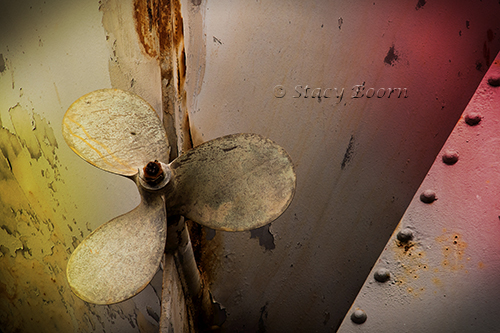 One day, they believed, women would be treated with respect, valued for their skilled work, and know the dignity that belongs to every human being. In fact, Matilda confessed to me that she once prayed the war would not end so she could march off to work each morning and return with her head held high and a paycheck in her purse. During those days she dreamed that eventually a woman would become president. Her “we can do it†generation ended up being the “we have done it†icons of hope.
One day, they believed, women would be treated with respect, valued for their skilled work, and know the dignity that belongs to every human being. In fact, Matilda confessed to me that she once prayed the war would not end so she could march off to work each morning and return with her head held high and a paycheck in her purse. During those days she dreamed that eventually a woman would become president. Her “we can do it†generation ended up being the “we have done it†icons of hope. The “Rosies†never faltered. They had changed the industry and left permanent effects. By “permanent effects,” I don’t mean the rust, fraying ropes and discolored rivets of the Red Oak and similar ships. We who follow in their steps and are alive today are part of the permanent effects as we step up to the plate knowing what we must do to honor and realize Matilda’s dream and the aspirations of our world-changing “Rosie Foremothers!”
The “Rosies†never faltered. They had changed the industry and left permanent effects. By “permanent effects,” I don’t mean the rust, fraying ropes and discolored rivets of the Red Oak and similar ships. We who follow in their steps and are alive today are part of the permanent effects as we step up to the plate knowing what we must do to honor and realize Matilda’s dream and the aspirations of our world-changing “Rosie Foremothers!”
 Truth be told, I really admired those particular polyethylene flamingos even though they were readily available at the local five and dime. For a buck you could come home with a piece of flaming pink tropical elegance that would transform your otherwise humdrum house. Obviously, these were still the pre-Woodstock days before the twenty-somethings began to appreciate and romanticize nature and scorn all things plastics and mass-produced.
Truth be told, I really admired those particular polyethylene flamingos even though they were readily available at the local five and dime. For a buck you could come home with a piece of flaming pink tropical elegance that would transform your otherwise humdrum house. Obviously, these were still the pre-Woodstock days before the twenty-somethings began to appreciate and romanticize nature and scorn all things plastics and mass-produced.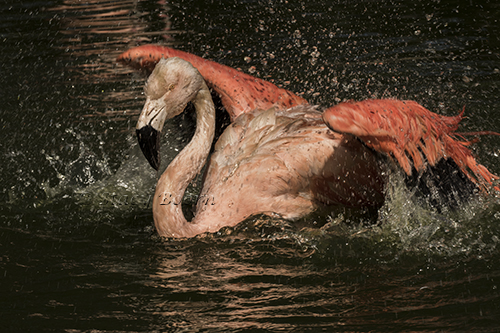 These famous pink birds, the live ones, can be found in warm, watery regions on many continents. They favor environments like estuaries and saline or alkaline lakes. Considering their appearance, flamingos are surprisingly apt swimmers, but their main habitat is on the mud flats where they breed and feed.
These famous pink birds, the live ones, can be found in warm, watery regions on many continents. They favor environments like estuaries and saline or alkaline lakes. Considering their appearance, flamingos are surprisingly apt swimmers, but their main habitat is on the mud flats where they breed and feed.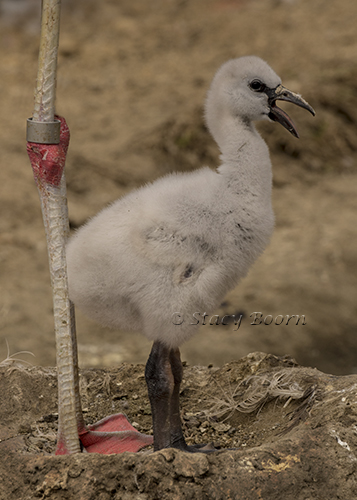

 The Desert, for me, is a vast, barren land where the extremes of nature are found. As the wind blows, one can quickly be lost in wilderness wanderings, hopefully to emerge with new insights and dreams.
The Desert, for me, is a vast, barren land where the extremes of nature are found. As the wind blows, one can quickly be lost in wilderness wanderings, hopefully to emerge with new insights and dreams. Sossusvlei is actually a salt and clay pan surrounded by hundreds of connected sand dunes in the southern part of the Namib Desert. “Vlei†is the Afrikaans word for “marsh”, while “sossus” is Nama for “no return” or “dead end”. This area was once a drainage basin for the Tsauchab River.
Sossusvlei is actually a salt and clay pan surrounded by hundreds of connected sand dunes in the southern part of the Namib Desert. “Vlei†is the Afrikaans word for “marsh”, while “sossus” is Nama for “no return” or “dead end”. This area was once a drainage basin for the Tsauchab River.
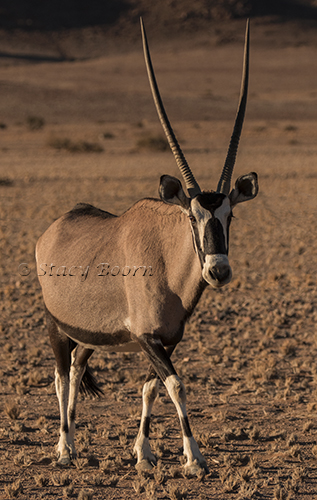
 The remaining skeletons of the trees, which are believed to have died between 1340- 1430 CE, are now black because the intense light and heat of the sun has scorched them. Strangely enough, these blackened trees are not petrified, for the wood is so dry it does not decompose. The white pan, the blackened trees, and the intense orange of the surrounding dunes create a particularly fascinating and surrealistic landscape that appears in innumerable pictures and has been used as a setting for films and videos.
The remaining skeletons of the trees, which are believed to have died between 1340- 1430 CE, are now black because the intense light and heat of the sun has scorched them. Strangely enough, these blackened trees are not petrified, for the wood is so dry it does not decompose. The white pan, the blackened trees, and the intense orange of the surrounding dunes create a particularly fascinating and surrealistic landscape that appears in innumerable pictures and has been used as a setting for films and videos.